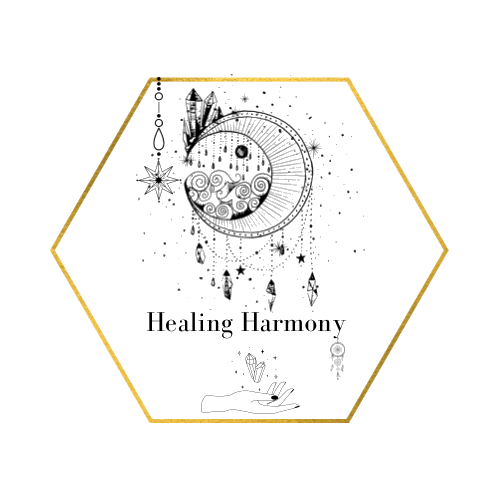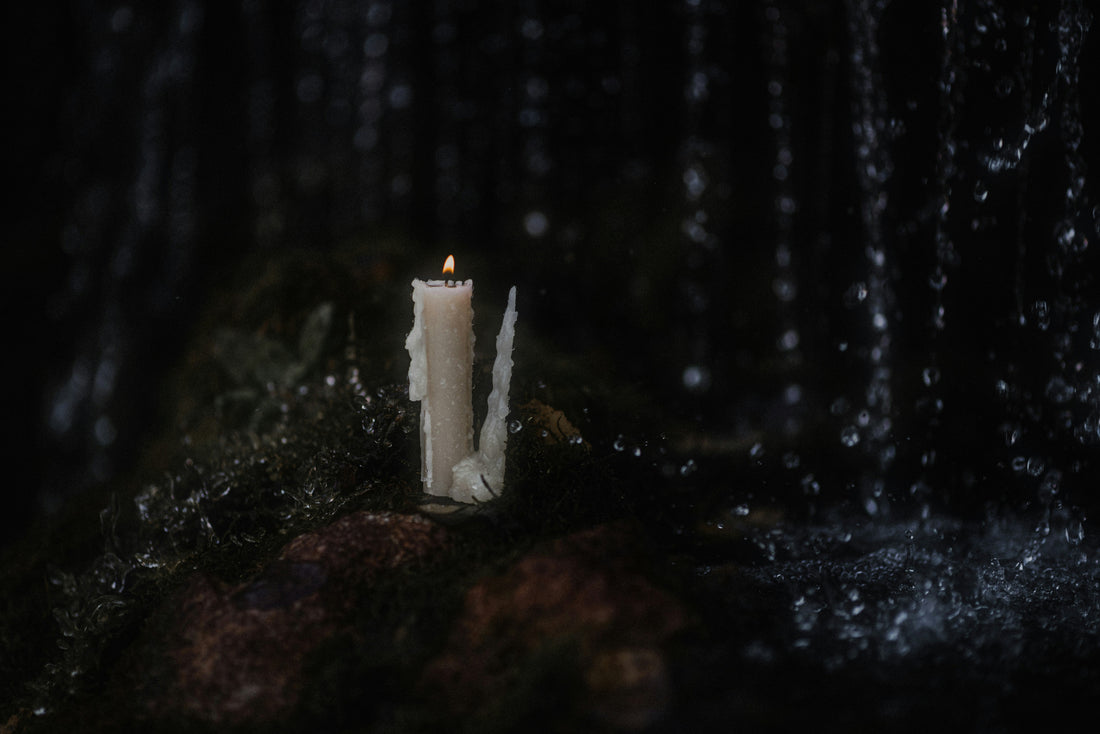🌒 What Is Samhain?
Samhain (pronounced Sow-in) is an ancient Celtic festival that marks the end of the harvest season and the beginning of winter — often known as the Witch’s New Year. Traditionally celebrated from October 31st to November 1st, it was one of the most important fire festivals of the Celtic calendar, symbolising both an ending and a new beginning.
🔥 The History of Samhain
Historically, Samhain was a sacred time when the Celts believed the veil between the physical and spiritual worlds was at its thinnest. This allowed spirits and ancestors to cross over and visit the living. Communities would gather around great bonfires for protection, warmth, and guidance, while offerings of food and drink were left out to honour loved ones who had passed on.
🎃 Ancient Traditions and Modern Customs
Many modern Halloween customs, such as dressing in costumes, lighting candles, and carving pumpkins, trace their roots back to Samhain. People once disguised themselves to ward off mischievous spirits and carved turnips (later pumpkins) to protect their homes from negative energy.
🌕 Samhain Today
In modern times, Samhain is celebrated as a deeply spiritual and reflective festival — a time to honour ancestors, release what no longer serves us, and embrace transformation as we move into the darker half of the year. It invites us to slow down, connect with the rhythms of nature, and find gratitude for the cycle of life, death, and rebirth.


















